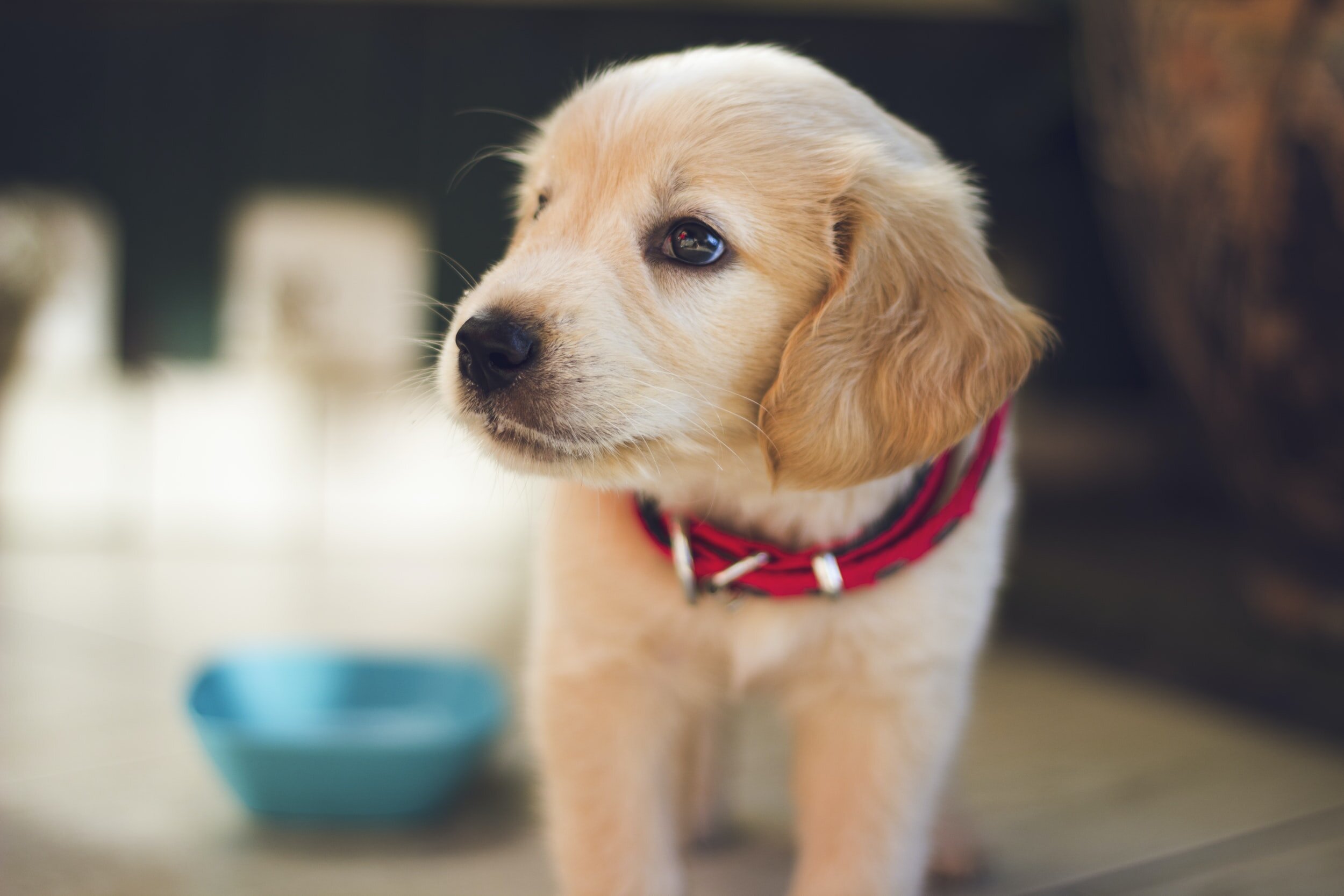Giardia
What are Giardia?
Giardia are single-celled organisms, infectious to many types of animals (including humans) all over the world. Their presence in the host intestine can cause diarrhea, though some hosts are symptom-free carriers. Different types of Giardia infect different types of animals; it is rare for Giardia from a pet to transmit to a human; furthermore, dog and cat Giardia species are separate and are unlikely to cross from dog to cat or vice versa.
Giardia have two forms: the trophozoite and the cyst. The trophozoite (or troph for short) is the form that lives within the host, swimming around and attaching with its suction cup. The cyst, however, is the form that lives out in the environment. Trophs are passed in feces into the cold cruel world and must round up into cysts and form a shell if they are to withstand the temperature/moisture variability of the outside world. Cysts are the contagious stage. Trophs are the parasitic stage.
Life as a Giardia Organism
As mentioned, trophozoites are passed in fresh feces but promptly round up into hard-shelled little cysts so as to withstand the conditions of the outside world. The cysts live in the environment (outside the host's body) potentially for months until they are consumed by a host. Inside the host, the cyst's shell is digested away, releasing two trophozoites into the intestine and the cycle begins again.
Contaminated water is the classical source of a Giardia infection.
In the environment, cysts survive in water and soil as long as it is relatively cool and wet. A host animal will accidentally swallow a cyst when drinking from a puddle, toilet, or when licking fur. After the cyst has been swallowed, the cyst's shell is digested away, freeing the two trophozoites who go forth and attach on the intestinal lining. Trophs tend to live in different intestinal areas in different host species, but will move to other areas depending on the diet the host is eating. The troph may round itself up and form a cyst while still inside the host's body. If the host has diarrhea, both trophs and cysts may be shed in the diarrhea; either form can be found in fresh stool.
After infection, it takes 5 to 12 days in dogs or 5 to 16 days in cats for Giardia to be found in the host’s stool. Diarrhea can precede the shedding of the Giardia. Infection is more common in kennel situations where animals are housed in groups.
How Does Giardia Cause Diarrhea?
No one is completely sure, but infection seems to cause problems with normal intestinal absorption of vitamins and other nutrients. Diarrhea is generally not bloody with a Giardia infection. Immune-suppressive medications, such as corticosteroids, can re-activate an old Giardia infection. We do not know why some infected hosts get diarrhea while others never do.
Diagnosis
The stool sample being examined needs to be fresh, and is ran through an Imagyst scanner for Giardia detection. We may also do a direct smear with the stool to manually look for cysts or trophs.
Giardia shed organisms intermittently and may be difficult to detect. Sometimes pets must be retested to find an infection and asymptomatic carrier animals are common.
Treatment
Metronidazole (Flagyl®) has been a classical treatment for Giardia. For some resistant cases, a broad spectrum dewormer called fenbendazole (Panacur®) may be used concurrently.
Because cysts can stick to the fur of the infected patient and be a source for re-infection, the positive animal should receive a bath at least once in the course of treatment. At the least, the patient should have a bath at the end of treatment, plus it is especially important to promptly remove infected fecal matter to minimize environmental contamination.
Can Humans be Infected?
The short answer is only rarely, so concern is pretty low in general. However, maintain good hygiene practices such as regular hand-washing and remove fresh pet fecal matter promptly as mentioned.
Environmental Decontamination
Giardia cysts are killed in the environment by freezing temperatures and by direct sunlight. If neither of these are practical for the area to be disinfected, a chemical disinfectant will be needed. The most readily available effective disinfectant is probably bleach diluted 1:10 in water; one study indicates that it requires less than one minute of contact to kill Giardia cysts. Organic matter such as dirt or stool is protective to the cyst, so on a concrete surface basic do cleaning before disinfecting. Quaternary ammonia compounds can also be used to kill Giardia cysts.
Animals should be thoroughly bathed before being reintroduced into a clean area. A properly chlorinated swimming pool should not be able to become contaminated. As for areas with lawn or plants, decontamination will not be possible without killing the plants and allowing the area to dry out in direct sunlight.

